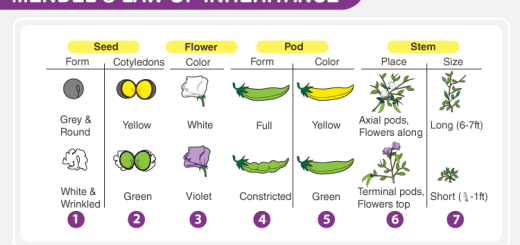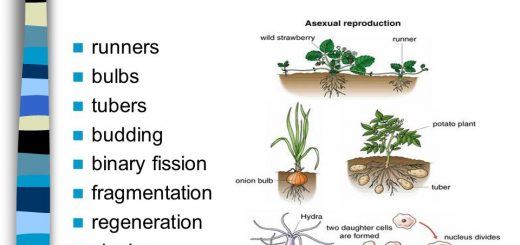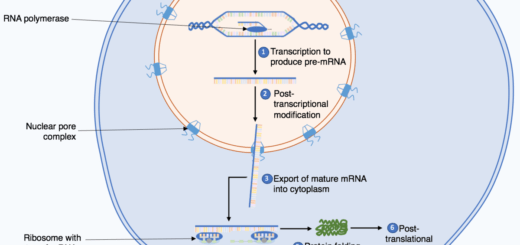Muscular system, Structure of skeletal muscle, Muscles properties and functions
The movement of the body depends on three main systems that are coordinated together which are skeleton system, nervous system and muscular system, Skeleton system represents a suitable place for the attachment of muscles, It supports the moving of limbs, the joints have an important role in the movement of different body parts.
Movement in man (as an example for mammals)
Nervous system plays an important role in body movement, where it gives orders to the muscles in the form of nerve impulses and the muscles respond according to this in the form of contraction or relaxation of them which allows the movement.
Muscular system is responsible for the movement of different parts of the body, where the contraction and relaxation of some muscles lead to the occurrence of the movement and the muscular system is represented in:
- The voluntary muscles (skeletal or striated) which can be controlled by the man and include most of the body muscles.
- The involuntary muscles which can not be controlled by the man and include the smooth muscles and cardiac muscles.
Muscular system
The muscular system consists of a group of structural units called the muscles, (the muscular system is the total of body muscles), The muscles consist of a group of muscular tissues and are usually known as flesh.
The number of body muscles in man is about 620 muscles or more, The muscles enable the different parts of the body to move, so, the man can move from one place to another and perform his mechanical movement.
Properties of muscles
- The muscles are characterized generally by being filamentous.
- Have the ability to contract and relax to perform different functions and activities.
Functions
- Positional movement: includes the change in the position of a certain organ in relation to the other parts of the body.
- Transportation: includes the movement of the body from one place to another.
- Maintain the body posture: either in sitting or standing position and because of the muscles of the neck, trunk & lower limbs.
- Continuous movement of blood: inside the blood vessels and maintains the normal blood pressure inside blood vessels, as a result of the contraction of smooth muscles (involuntary) that present in the wall of these blood vessels.
Structure of skeletal muscle
The skeletal muscle consists of a large number of thin filaments called muscular cells or muscle fibers, The muscle fibers are always found in groups that known as muscle bundles that are surrounded by a bundle membrane.
Each muscle fiber consists of:
- The protoplasm that contains cytoplasm, which is called sarcoplasm in muscles and a large number of nuclei multinucleated.
- The membrane that surrounds the sarcoplasm is called sarcolemma.
- A group of myofibrils (their number ranges between 1000 to 2000) which are arranged longitudinally and parallel to the longitudinal axis of the muscle.
Each myofibril consists of :
- A group of light discs (bands) that are denoted by (I), consist of thin protein filament known as actin and bisected by a dark line that is denoted by (Z).
- A group of dark discs (bands) that are denoted by (A), consist of actin filaments and another type of thick protein filaments known as myosin and this band is bisected by a semi-light band that is denoted by (H) and formed of thick myosin filaments only.
The sarcomere is the distance between each of two successive Z-lines and found in the middle of light bands, It is the smallest contraction unit in the skeletal muscle.
The regions that have actin only are the light bands I, There is a dark line (Z – line) that bisects the light bands, The regions that have myosin only are the semi-light bands H, The regions that have actin and myosin together are the dark bands A.
The light and dark bands are present in the skeletal muscles and cardiac muscles, so, they are called striated muscles, The light and dark bands are not present in the smooth muscles, so, they are called unstriated muscles.
Muscles contraction
Muscles are responsible for the movement of the body, because of their ability to contract and relax, causing the motion.
How the skeletal (voluntary) muscle contract: The skeletal muscle contracts under the effect of nerve impulses and the physiology of muscle response to this nerve stimuli, and this is due to the coordination of the three main systems (skeletal, nervous and muscular), The nerve impulses are transmitted to the skeletal muscles as follows:
Rest state (before the skeletal muscle receives nerve impulses)
The outer surface of the muscles fiber membrane is (+ ve) positively charged, The inner surface of the muscle fiber membrane is (− ve) negatively charged.
A potential difference is formed, due to the difference in ions concentration outside and inside the muscle fiber membrane which is called a polarization state.
The polarization state is the state of the muscle fiber membrane in which the outer surface is positively charged and the inner surface is negatively charged.
Depolarization state
The stimulus that causes the skeletal muscle contraction is considered the arrival of nerve impulses from the brain and spinal cord through the motor nerve cells which their terminals arborizations are connected firmly with the muscle fiber, forming a neuro-muscular junction, The synapse has synaptic vesicles that contain neurochemical transmitters as acetylcholine.
When the nerve impulses reach the synaptic vesicles in the synapse, the calcium pump that present in the presynaptic membrane pushes the calcium ions inside the cell, causing the rupture of synaptic vesicles and releasing the neurochemical transmitters such as the acetylcholine through the synaptic cleft that present between the nerve fibers and the membrane of muscle fibers.
The potential difference on the muscle fiber membrane vanishes and the charges are reversed (the inner membrane of muscle fiber becomes positively charged and the outer surface becomes negatively charged) and this is due to the increase in membrane permeability to the positive sodium ions which enter into the muscle fiber membrane rapidly, causing the depolarization of the muscle fiber membrane and leading to the muscle contraction.
Repolarization state
After a part of second, the potential difference of muscle fiber membrane returns to its normal state repolarization, due to the action of cholinesterase enzyme that found in a large amount at the neuro-muscular junction points which destroy the acetylcholine into choline and acetic acid, so, its action stops , its effect vanishes and the membrane permeability to ions returns to its original state (resting state) being ready to receive and respond again to the stimulus.
Acetylcholine → Choline + Acetic acid (cholinesterase enzyme)
Bones function, types & structure, The skeleton & Curvature of Spine in Adults
Mechanism of muscle contraction, motor unit, muscle fatigue & Huxely’s theory of sliding filaments



